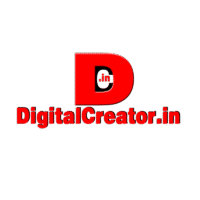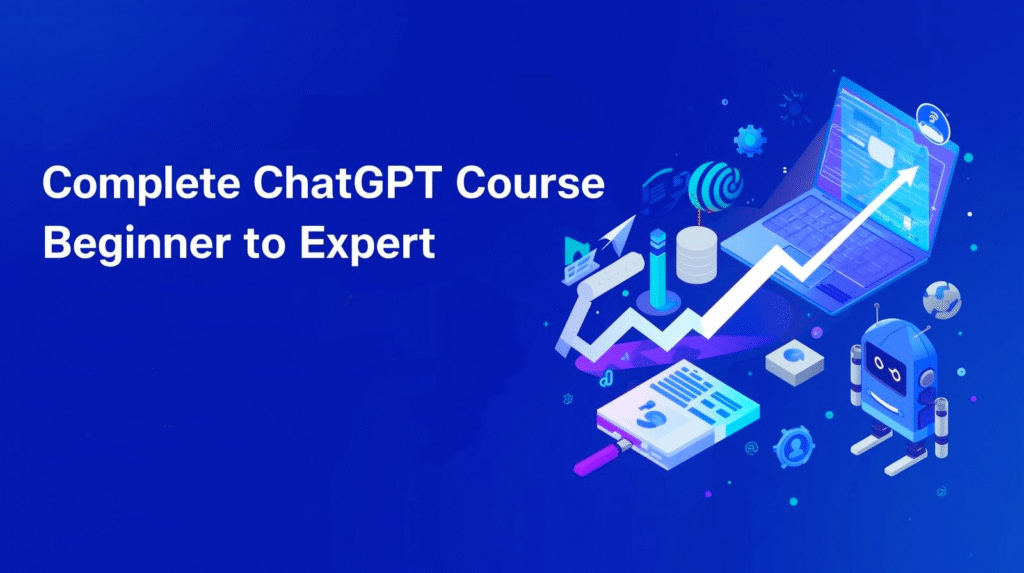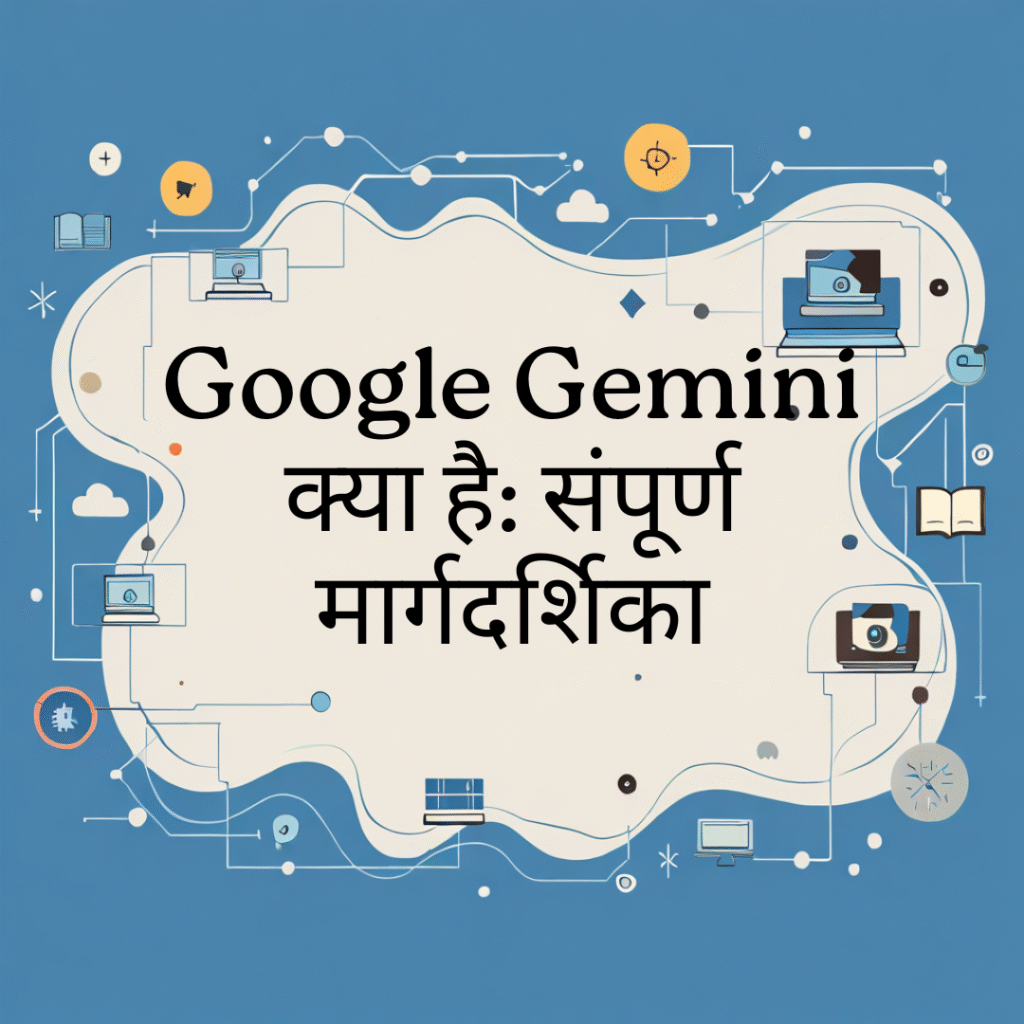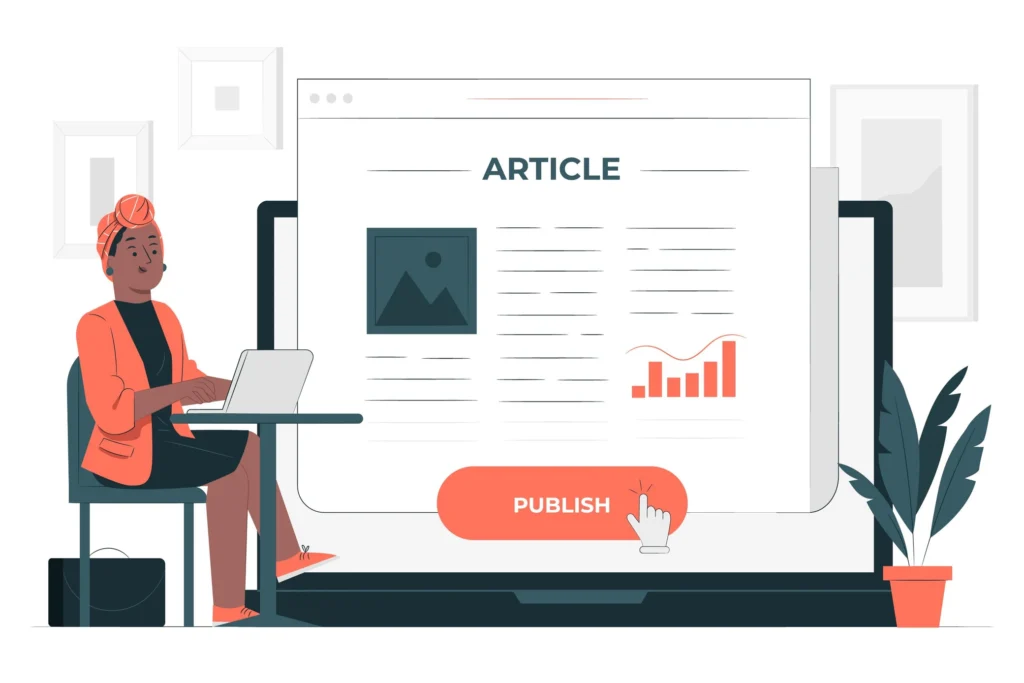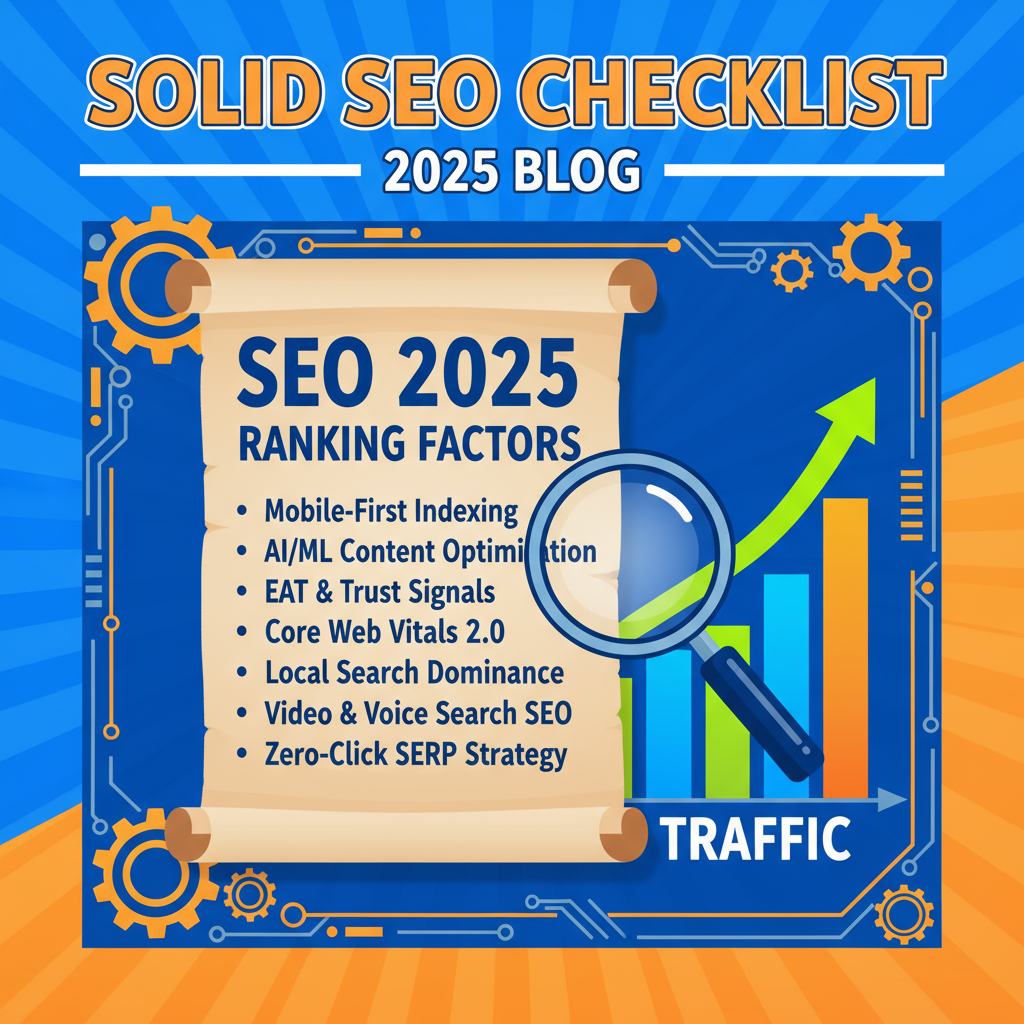In an age of ad blindness and ad blockers, intrusive banner ads are a relic. Modern digital consumers demand value and context. This shift has crowned Native Advertising as one of the most powerful channels for driving highly engaged traffic, and the undisputed leaders of this domain are Taboola and Outbrain.
These platforms specialize in content recommendation widgets that seamlessly integrate into the web’s most premium publisher sites (think CNN, Forbes, Bloomberg, etc.), offering a massive audience the appearance of organic editorial content. Mastering these platforms is the key to unlocking scalable, top-of-funnel traffic and achieving profitable Cost-Per-Acquisition (CPA).
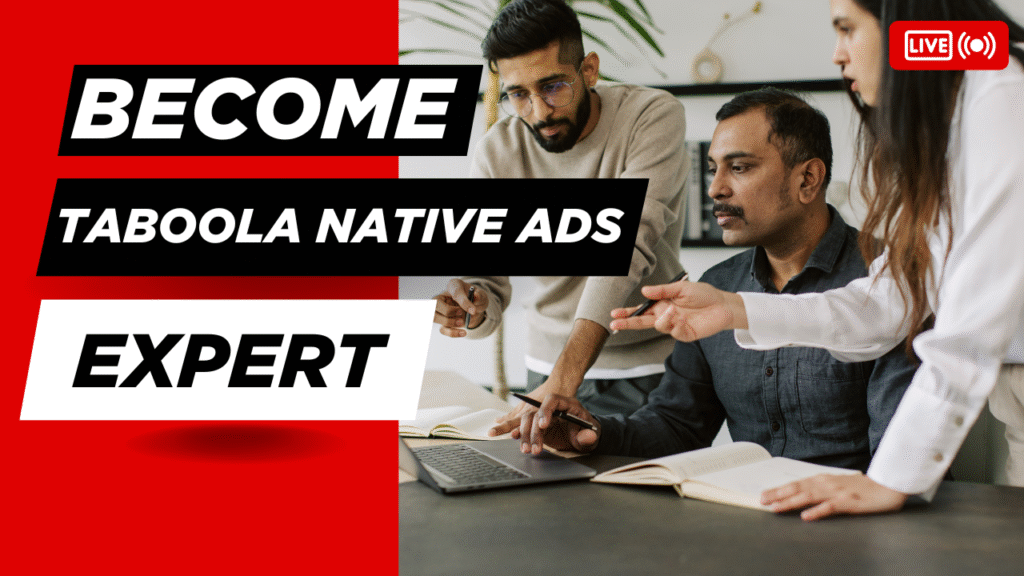
Mastering Native Advertising: The Ultimate 2025 Guide to Taboola & Outbrain for Explosive Traffic and Conversions
Index (Table of Contents)
1. The Native Advertising Landscape: Taboola & Outbrain
1.1. What is Native Advertising?
1.2. Taboola vs. Outbrain: Key Differences in Network and Goal
1.3. The Content-to-Conversion Funnel
2. Campaign Structure and Bidding Strategy
2.1. Defining Campaign Objectives and Budget
2.2. Understanding CPC vs. Smart Bidding (CPA/CV)
2.3. The Importance of Conversion Tracking
3. The Art of the Native Ad Creative
3.1. Headline Best Practices: The Curiosity Gap
3.2. Image Best Practices: Context and Emotion
3.3. Ad Policy Compliance and Transparency
4. Advanced Targeting and Placement Optimization
4.1. Device and Geo-Targeting Segmentation
4.2. Publisher/Site Placement Blacklists and Whitelists
4.3. Utilizing Lookalike and Retargeting Audiences
5. Optimization, Scaling, and Performance
5.1. The Critical Metrics: CTR, CPC, and CPA
5.2. Iterative Testing: Headline, Image, and Landing Page
5.3. The Scaling Methodology for Native
1. The Native Advertising Landscape: Taboola & Outbrain
1.1. What is Native Advertising?
Native advertising is paid media that matches the form and function of the surrounding content where it appears. On Taboola and Outbrain, this means your ad—consisting of a headline and a thumbnail image—appears in recommendation widgets (often labeled “From Around the Web” or “Recommended For You”) at the bottom or in the middle of a news or blog article. It doesn’t look like a banner; it looks like another piece of content the user might want to read next.
1.2. Taboola vs. Outbrain: Key Differences in Network and Goal
While recently merging, the platforms still operate with slightly different strengths:
- Taboola: Tends to have a slightly broader network, often extending into long-tail websites globally. It’s often favored for direct response advertising and driving immediate conversions due to its extensive reach and flexibility.
- Outbrain: Historically focused on securing partnerships with more premium, high-traffic publisher sites (e.g., major news outlets). It’s often chosen for brand awareness and engaging audiences with high-quality, informative content.
Both platforms primarily use a Cost-Per-Click (CPC) model, where you only pay when a user clicks on your ad to read your content.
1.3. The Content-to-Conversion Funnel
Native ads are generally considered a top-of-funnel (TOFU) or middle-of-funnel (MOFU) channel. Users are in a reading/browsing mindset, not a buying one. Therefore, the content you promote should be curiosity-driven and educational, leading to a conversion:
- Native Ad: (Headline + Image) Sparks curiosity.
- Landing Page (Pre-sell or Article): Provides value, builds trust, and warms the user to the problem/solution.
- Conversion Page: The final step (e.g., product page, lead form).
The key is that the landing page must fulfill the promise of the ad headline.
2. Campaign Structure and Bidding Strategy
2.1. Defining Campaign Objectives and Budget
Native campaigns must be structured to facilitate optimization:
- Segmentation: Create separate campaigns based on Device (Desktop vs. Mobile), Geo-location, and Bidding Strategy. Mobile traffic is cheaper but often converts at a lower rate.
- Daily Budget: Start with a modest daily budget ($50−$100) per campaign to allow the algorithm to gather sufficient data, especially for performance campaigns.
- Naming Convention: Use clear names (e.g.,
US-Mobile-CPC-Widget-AdSet1) to easily manage performance across segments.
2.2. Understanding CPC vs. Smart Bidding (CPA/CV)
- Manual CPC (Cost-Per-Click): Ideal for the initial testing phase. You set the minimum bid (often around $0.05 to $0.20) and scale based on performance. This gives you maximum control.
- Smart Bidding (Target CPA/Conversion): Once you have gathered sufficient conversion data (typically 50-100 conversions), switch to an automated bidding strategy. This allows the platform’s AI to optimize bids based on the likelihood of a conversion, driving down the final CPA.
2.3. The Importance of Conversion Tracking
Success is impossible without accurate tracking. Implement the platform’s conversion pixel (Taboola Pixel, Outbrain Pixel) on your website. This feeds conversion data back to the platform’s algorithm, enabling Smart Bidding to work effectively and allowing you to track your true Cost-Per-Acquisition (CPA).
3. The Art of the Native Ad Creative
The creative—the headline and the image—is the engine of your native campaign. It determines your Click-Through Rate (CTR), which in turn influences your CPC. A high CTR generally leads to a lower CPC.
3.1. Headline Best Practices: The Curiosity Gap
The headline must walk the fine line between being intriguing and being misleading. This is the Curiosity Gap: giving the user just enough information to make them click for the rest.
- Intrigue: Use phrases like “The One Thing,” “This Is What Happens,” or “Little-Known.”
- Questions: Ask a question that relates to the reader’s pain point (e.g., “Are You Making This Mistake With Your Retirement Savings?”).
- Numbers: Lists (e.g., “7 Habits of Highly Effective Leaders”) consistently perform well.
- Specificity: Include your product/industry or a specific benefit to qualify the click (e.g., “The [City Name] Doctor Who Says No To Joint Surgery”).
3.2. Image Best Practices: Context and Emotion
The image must stop the scroll and immediately draw attention.
- Authenticity: Avoid shiny, obvious stock photos. Use images that look natural, like something you’d see in a news article.
- Faces/People: Images featuring close-ups of faces, especially those showing a strong emotion (surprise, contemplation, or success), tend to perform exceptionally well.
- Highlight: Use bright, contrasting colors to stand out from the publisher’s site background.
- Testing Velocity: Always launch a minimum of 5-10 different image/headline combinations per content piece.
3.3. Ad Policy Compliance and Transparency
To maintain trust and platform approval, always:
- Disclose: Clearly label your ad as “Sponsored” or “Ad” to ensure compliance with FTC guidelines.
- Avoid Clickbait: Do not use overly shocking, suggestive, or misleading visuals/text that do not accurately represent the landing page content.
4. Advanced Targeting and Placement Optimization
4.1. Device and Geo-Targeting Segmentation
As noted, mobile traffic is vastly different from desktop. Run them in separate campaigns so you can:
- Optimize mobile-specific creatives and landing pages (which must be exceptionally fast-loading).
- Set different bids to hit your target CPA on each device type.
4.2. Publisher/Site Placement Blacklists and Whitelists
This is where true native optimization happens. Not all publisher sites are created equal.
- Blacklisting: After collecting data, you will find sites that have a high CTR but zero conversions (known as “click-dumping” sites). Exclude these high-cost, low-value sites immediately.
- Whitelisting: Create dedicated campaigns that only run on a hand-picked list of your highest-converting publisher sites. Bid more aggressively on these proven placements.
4.3. Utilizing Lookalike and Retargeting Audiences
- Retargeting: Target users who have already visited your landing page but didn’t convert. This is your most valuable native audience.
- Lookalikes: Upload your best customer email list to the platform to create a Lookalike audience. This uses the platform’s data to find new users with similar characteristics to your converters, allowing you to scale profitably.
5. Optimization, Scaling, and Performance
5.1. The Critical Metrics: CTR, CPC, and CPA
- High CTR + Low CPA: The ideal scenario. Your creative is great, and your content/offer converts. Scale aggressively.
- High CTR + High CPA: Great creative, but the landing page or offer is broken. Focus optimization on the landing page content.
- Low CTR + Low CPA: Weak creative, but the audience is highly qualified. Focus optimization on headline/image testing.
5.2. Iterative Testing: Headline, Image, and Landing Page
Never stop testing. The lifespan of a high-performing creative is short (creative fatigue).
- Headline Fatigue: When CTR drops, launch a new set of headlines.
- Offer Fatigue: When CPA rises, re-frame the offer on your landing page.
- Test Environment: When testing new creatives, start them in a new, separate ad set or campaign to prevent the algorithm from immediately favoring the historical winners.
5.3. The Scaling Methodology for Native
Once you have found your “winning trio” (a profitable creative, a high-converting landing page, and a profitable placement), you can scale by:
- Increasing Budget on the winning campaigns (slowly, ∼15−20% daily).
- Duplicating the winning campaigns and targeting new geographic regions or segments.
- Switching to Smart Bidding (Target CPA/Conversion) to maintain a profitable CPA as volume increases.
By embracing the content-first nature of Taboola and Outbrain, and treating optimization as a continuous, data-driven process, you can transform these native platforms into a consistent and highly profitable source of new business.
